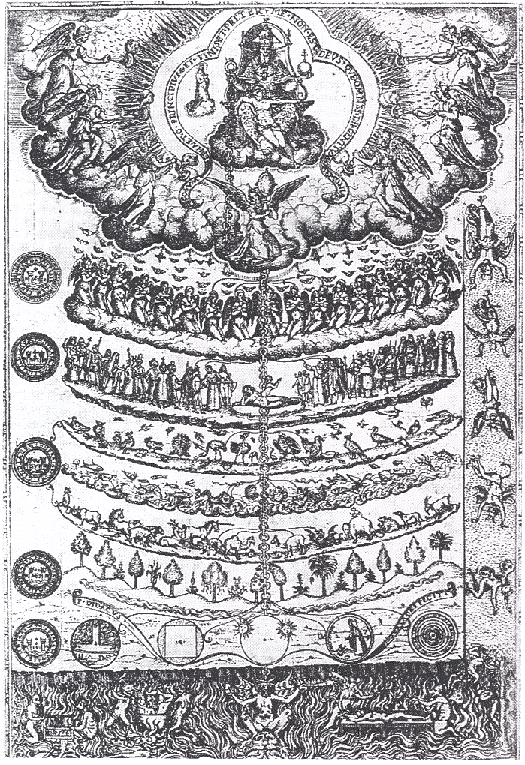Chapter 5: Evolutionary Cognition
Chapter Objectives
By the end of this chapter, you should be able to
- Unpack key terms related to the evolution of a trait (e.g., homology, convergence, adaptiveness).
- Explain complex emotions through the lens of Tinbergen’s Four Questions.
- Understand the distinction between comparative cognition and evolutionary cognition.
- Explain the value of emotions as traits and signals that are not exclusive to humans.
- Contextualize cognitive skills like tool use, communication, and self-awareness as existing on a continuum.
“The difference between [hu]man and the higher animals, as great as it is, is certainly one of degree and not of kind.”
~Charles Darwin
Chapter Introduction
Modern culture tends to find it easy to accept biological continuity. Concepts of homology and convergence make sense when we look at our own hand, then our dog’s paw, then the flipper of a seal. Yet, the idea that these same concepts apply to the many variations that exist in cognition and emotion create a learning speed bump for many. Why?
In the 16th century, the son of a Spanish conquistador and an indigenous mother, Diego de Valadés (later latinized to Didacus Valdes) became the first mestizo to join the Franciscan religious order. In 1570 he visited Rome and was asked to illustrate the first published text describing the evangelization and conversion of America’s indigenous peoples. This text, Retorica Christiana, written from the perspective of a missionary, included an engraving titled “The Great Chain of Being.” Valadés never returned to México.
The Great Chain of Being has since become embedded in numerous Christian practices around the world. Within this paradigm, there is a hierarchy of beings with God at the apex, moving down to the angels, then man, then other animals, with the plants and Earth at the bottom. Even as Darwin, Wallace, and others began to formulate evolutionary thinking, this hierarchy persisted. As a result, even some of the prominent supporters of evolutionary theory fall victim to one common error – that evolution stops at the neck.
As we will learn in Chapter 5, that couldn’t be further from the truth. Much as evolution has shaped the way humans and other animals move, eat, and reproduce, so too has evolution shaped our cognitive and emotional capacities.

the state of having the same or similar relation, relative position, or structure; similarity due to shared ancestry between a pair of structures or genes in different taxa.
the evolutionary process in which the organisms evolve bodily parts that are analogous in terms of structure and function despite their ancestors that are very dissimilar or unrelated.

